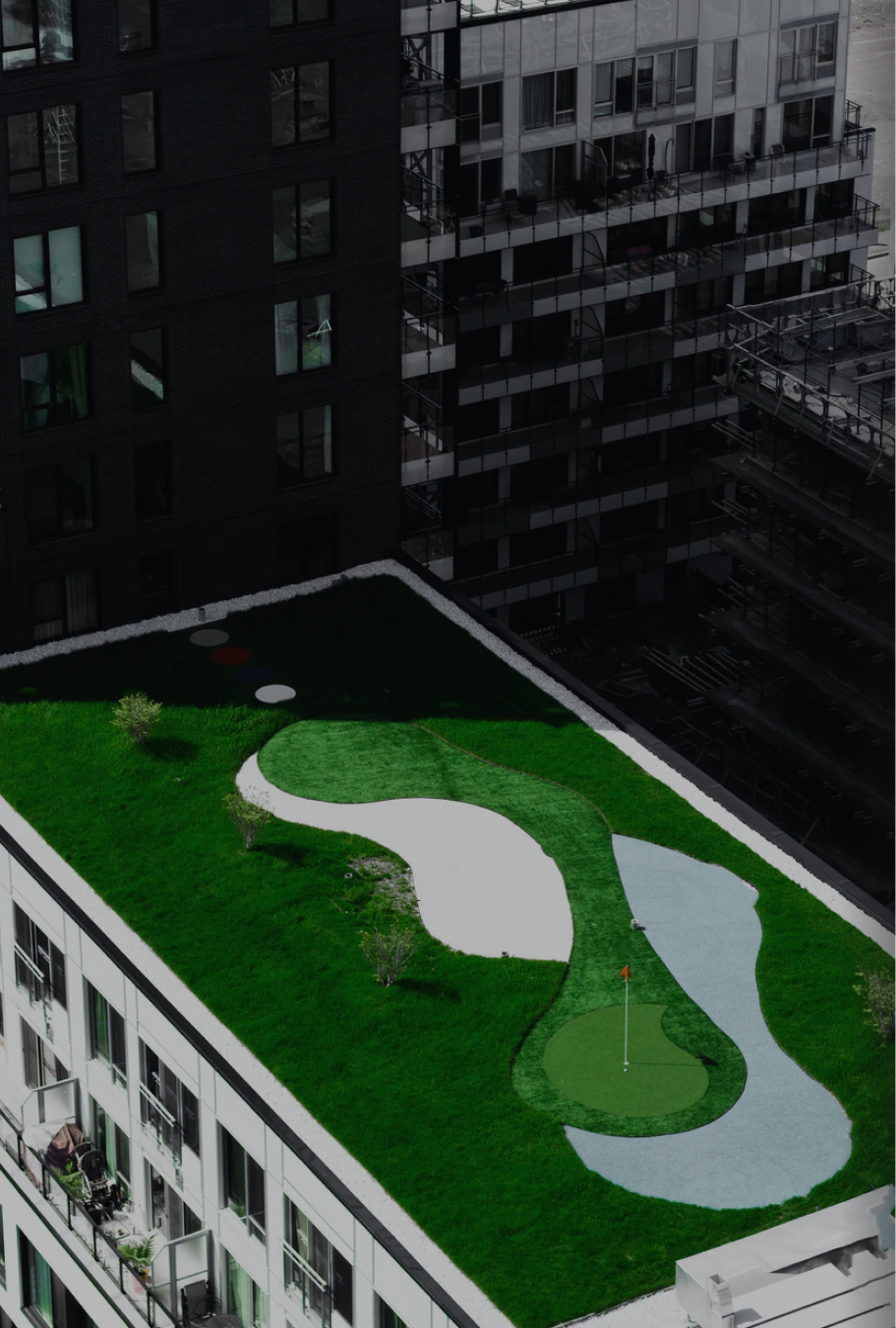About
This group of greenery is mostly in public domain. The main purpose of the park is to decorate the city, to serve as a public space where users can spend their free time, or as a corridor for pedestrians to get from one location to another. Parks also serve as recreational areas, but they can carry additional ecosystem services as water management, biodiversity, and urban heat island reduction. Parks can be recognized by their size and use: city parks, pocket parks, botanical gardens, heritage gardens, and nursery gardens.
Similarly, urban forests are an integral part of urban ecosystems and they can include buildings, people, infrastructure, water, and air. Being large natural areas in the city forests are one of the most efficient urban nature-based solutions (NBS), for their environmental benefits of air pollution removal, water retention, water quality mitigation, amenity area usage, and biodiversity.
Relevant facts
The figures that speak change!
Strategically placed trees can save energy from 7% to 40%.
Trees can block up to 85% of sunlight during the summer months providing shade.


